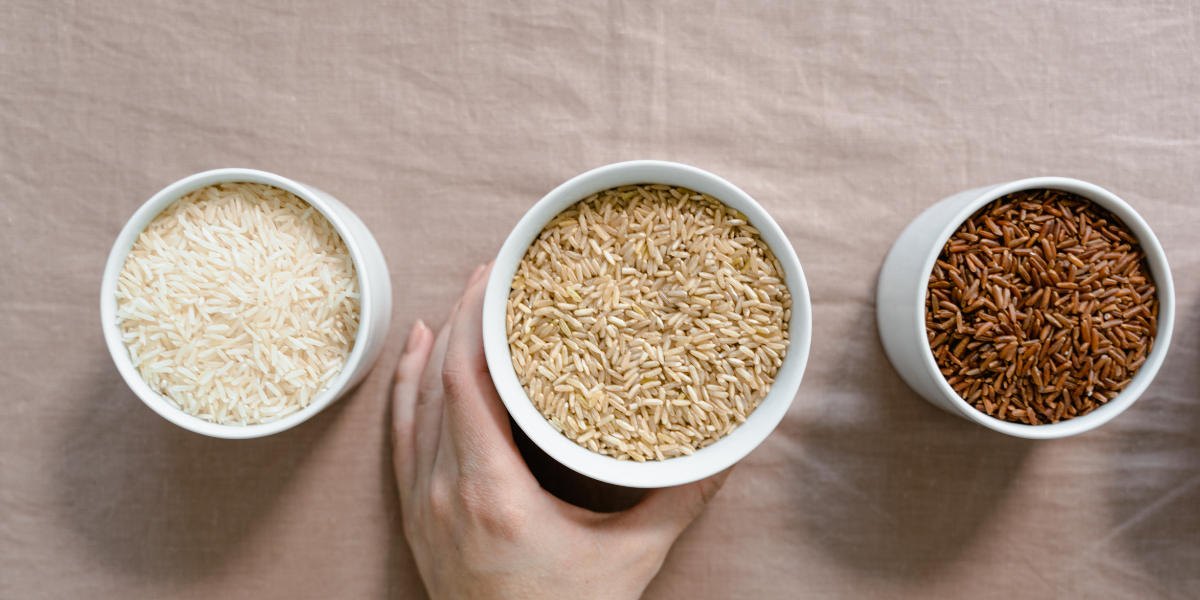The monthly per capita consumption of cereal in rural India declined to less than 10 kg in 2022–2023, a trend that is expected to continue. Moreover, the amount consumed in cities fell, from 9.32 kg in 2011–12 to 8.05 kg.
The Household Consumption Expenditure Survey (HCES) conducted by the Ministry of Statistics and Programme Implementation (MoSPI) yielded this data, which paints a complete picture of how eating habits are changing throughout the nation.
Food Trends for Cereals :
Diminishment Over Time :
India’s cereal consumption fell steadily between 1999–2000 and 2022–2023. The latest MoSPI report, which was made public on June 7, highlights this trend with particular statistics indicating a decline in monthly per capita consumption in rural areas, from 11.23 kg in 2011–12 to 9.61 kg.
Consumption in Urban and Rural Areas :
The consumption of cereals in urban India also declined, from 9.32 kg in 2011–12 to 8.05 kg in 2022–2023. This decline is a sign of more significant shifts in the dietary habits and socioeconomic factors that impact food choices in both urban and rural regions.
State-specific Patterns of Consumption :
Rural Locations :
With 11.23 kg of cereal consumed per person each month, West Bengal led the states in this regard, closely followed by Odisha. This suggests geographical differences that could be impacted by dietary customs and agricultural output in the area.
Urban :
With a monthly consumption per capita of 10.45 kg in urban areas, Bihar topped the list, followed by Chhattisgarh. The data indicates notable variations amongst states, underscoring the heterogeneity of eating patterns in India.
Specific Results from the Analysis :
Characteristics of Cereal Intake :
In terms of grain intake, rice accounted for the greatest portion in rural households, consuming 55.35 kg, followed by wheat at 40.93 kg. In 2022–2023, rice consumption in urban households was 53.20 kg while wheat consumption was 44.53 kg. This preference for rice over wheat highlights dietary trends specific to a region and may be influenced by economic factors.
The amount spent on cereals :
The percentage of total household spending that goes towards cereals varies greatly by area. This varies from 3 percent in places like Haryana, Kerala, and Punjab to 7 percent in West Bengal, Bihar, and Jharkhand in rural India. Similar variances are seen in urban regions; the highest shares are found in Bihar and Jharkhand, at 6%, and the lowest in Haryana, Karnataka, Kerala, Punjab, and Tamil Nadu, at 3%.
Variations in Consumption and Spending :
Countryside Food Basket :
In rural regions, the monthly per capita consumption expenditure (MPCE) on grains has more than halved, from 10.69 percent in 2011–12 to 4.89 percent in 2022–2023 (MPCE). A move towards a more varied diet is indicated by the minor increase in spending on milk and milk products. The marginal decline in the cost of vegetables points to potential dietary preference or financial pressure adjustments.
City Food Basket :
In India’s cities, there is a marked decline in the amount spent on grains and a rise in the amount spent on milk and dairy products. This change is indicative of shifting eating habits, which may be brought about by higher income levels and easier access to a wider range of food items.
In Conclusion :
A thorough summary of India’s evolving eating patterns may be found in the Household Consumption Expenditure Survey (HCES). There are noteworthy trends in both rural and urban areas, as seen by the consistent decrease in grain consumption and the changing patterns of expenditure. Numerous factors, such as changing food tastes, regional dietary preferences, and economic conditions, have an impact on these changes.
The detailed information gathered from this survey provides academics and policymakers with important new perspectives on how to better understand and meet the population’s nutritional needs.

